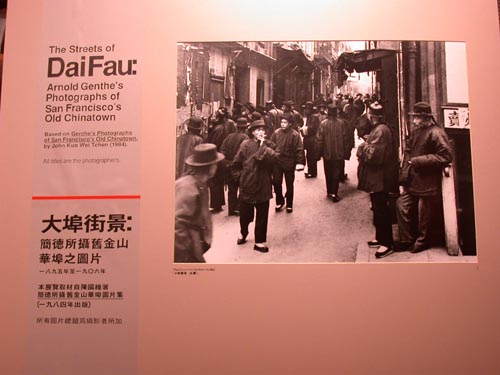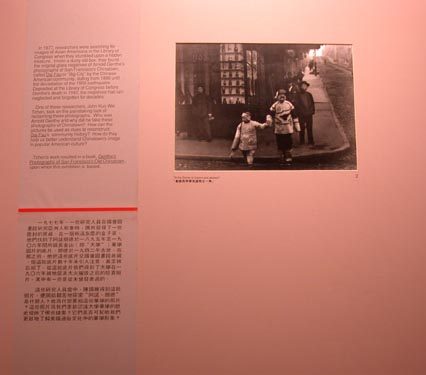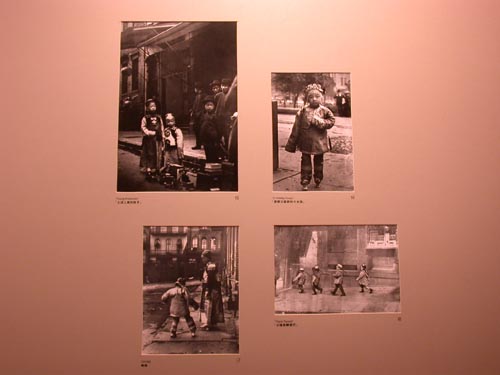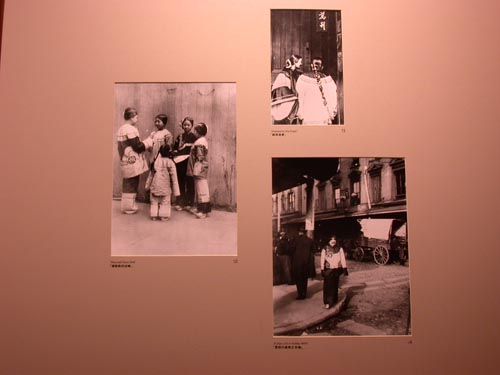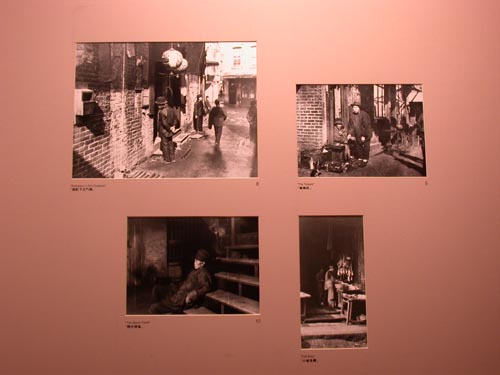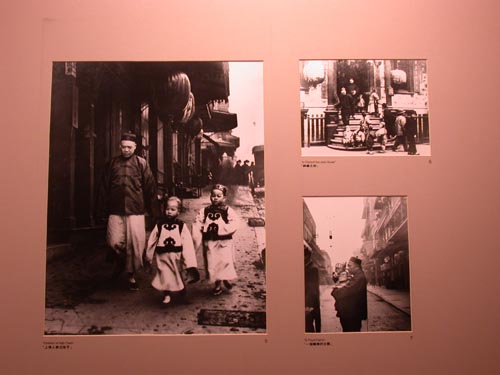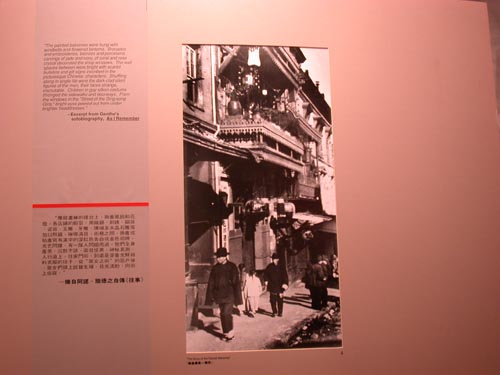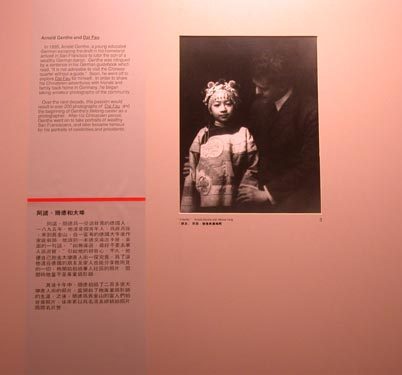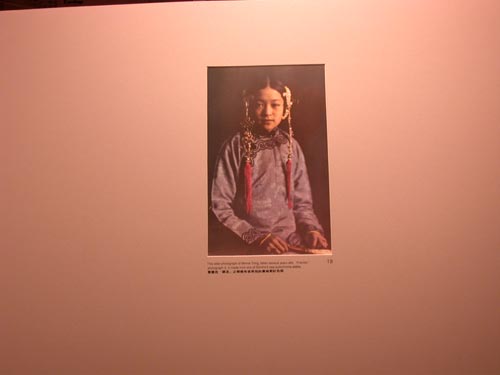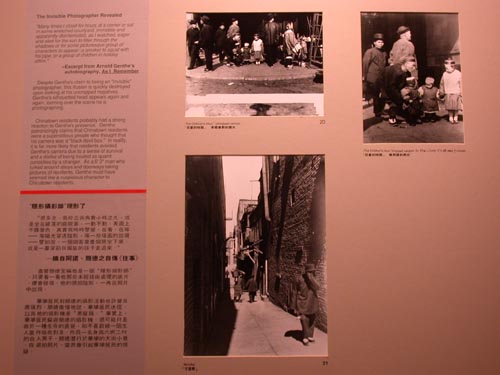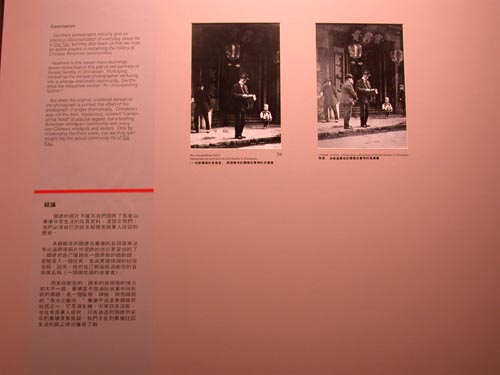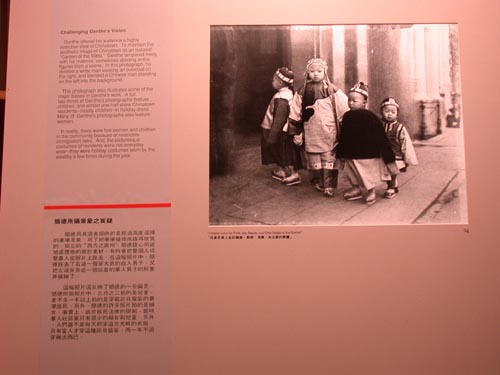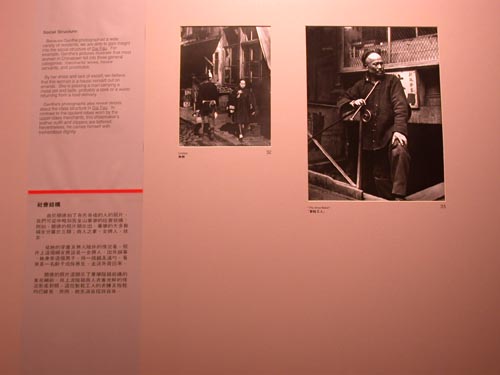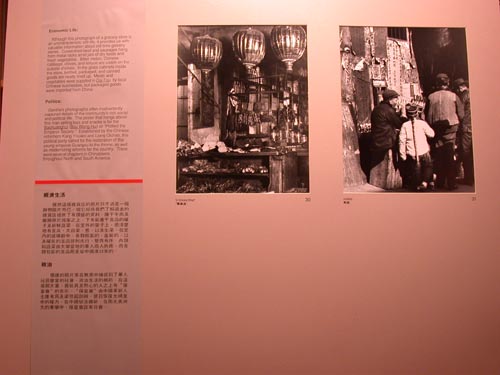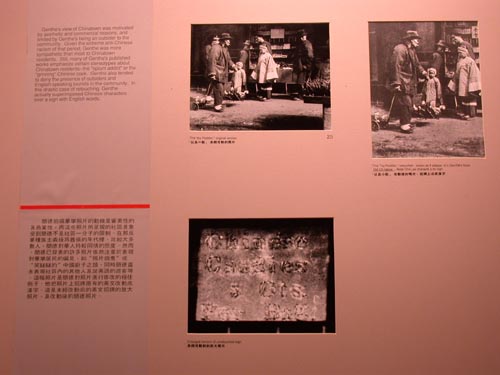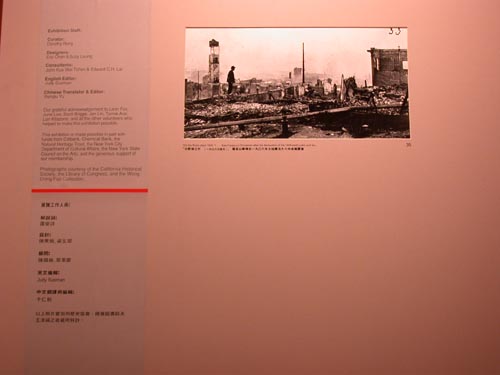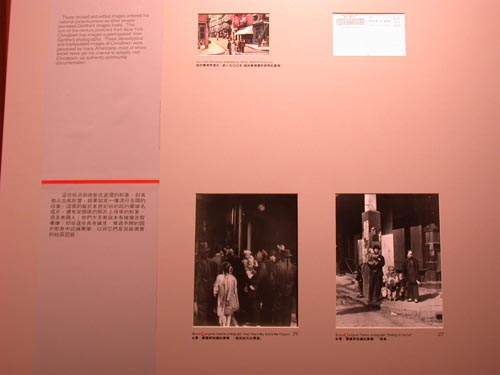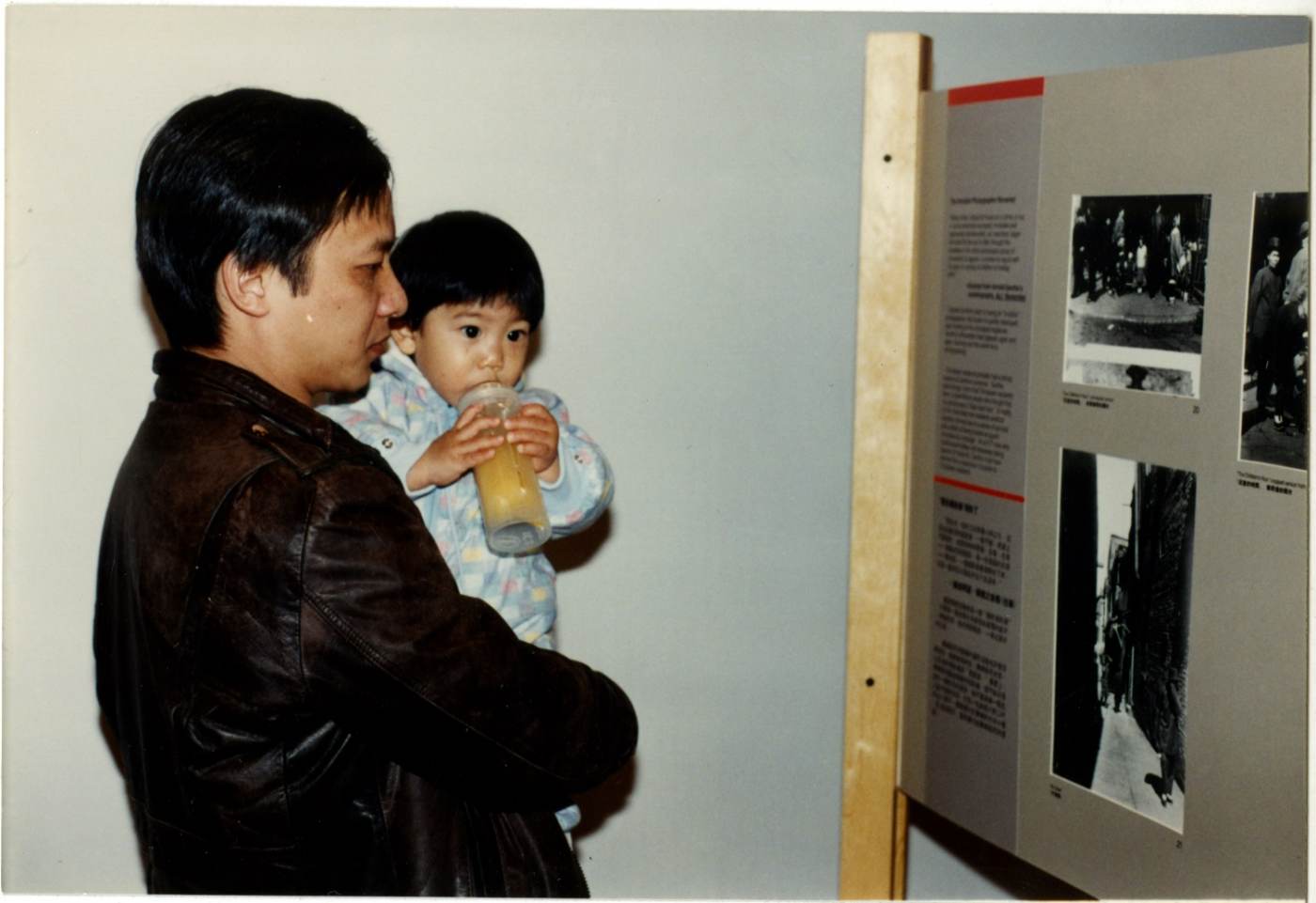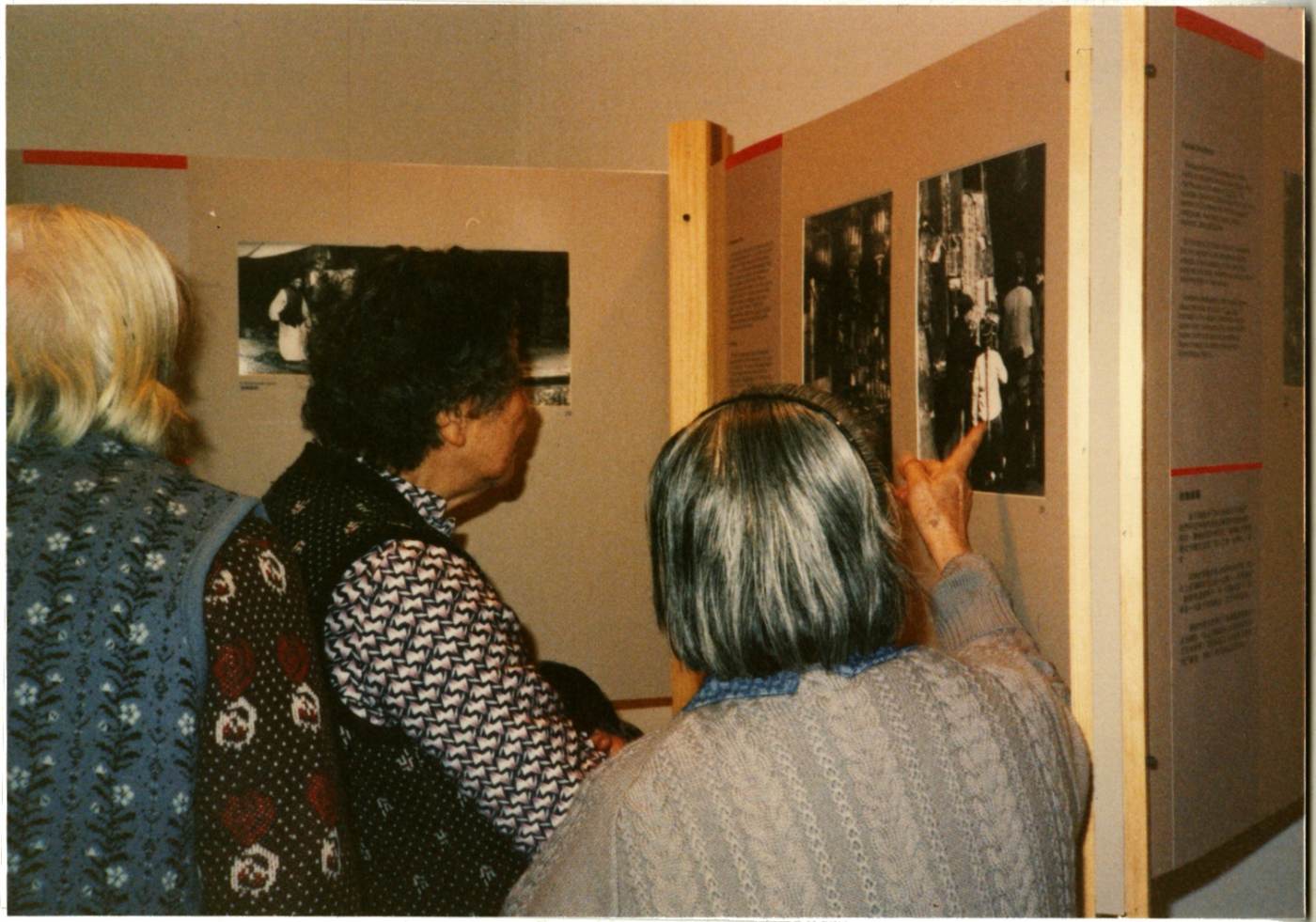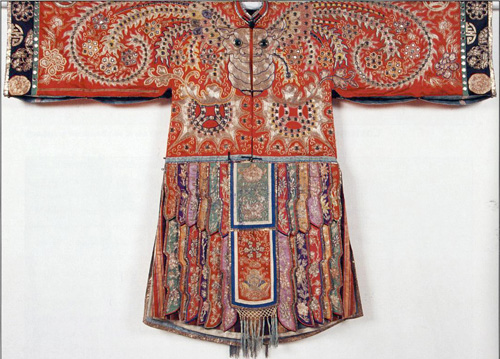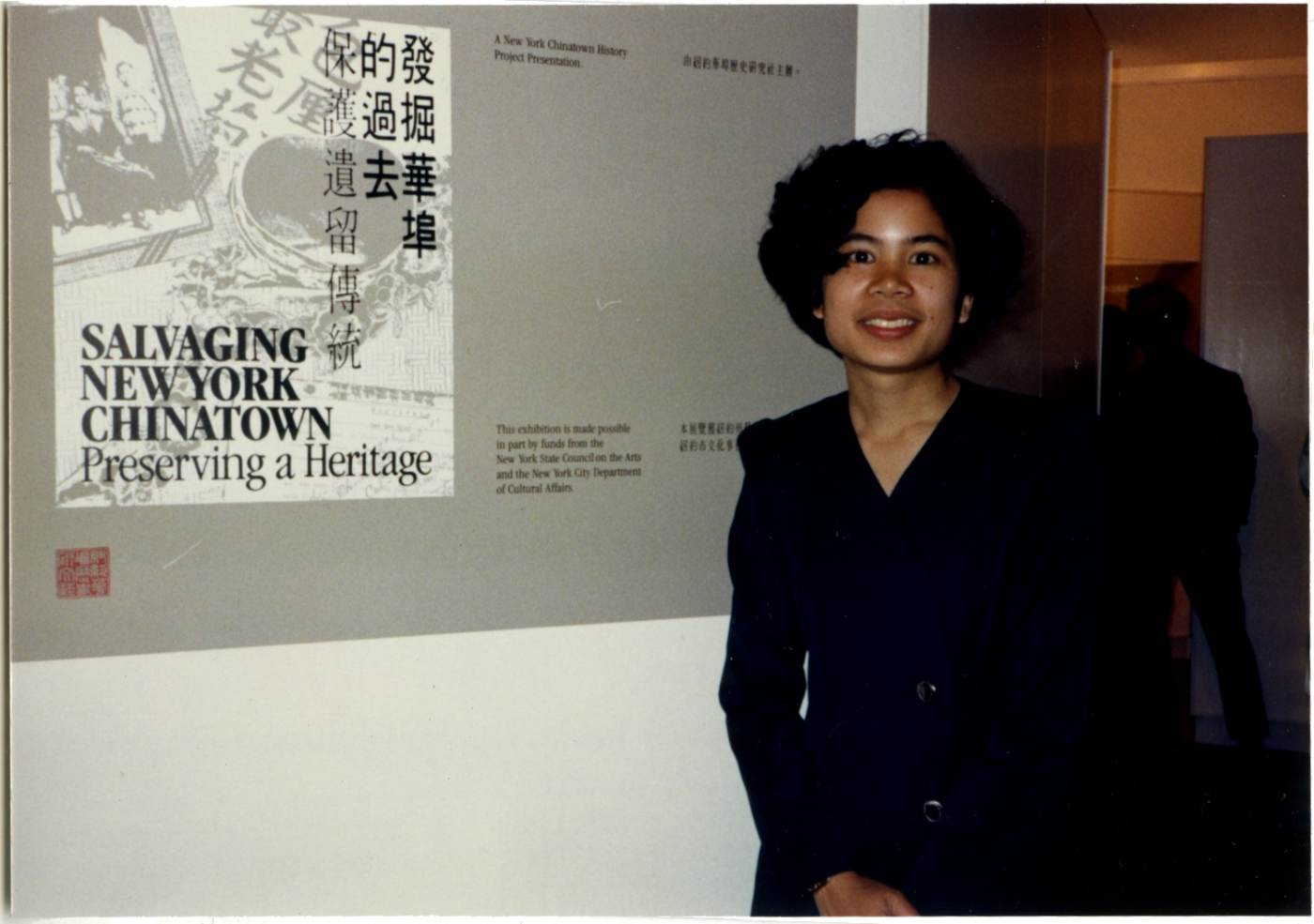In 1988, the New York Chinatown History Project organized a show that displayed the photographs of a German-American photographer by the name of Arnold Genthe. He photographed San Francisco’s Chinatown prior to the 1906 earthquake that destroyed the city and led to the advent of paper sons and daughters. The exhibition was called The Streets of Dai Fau: Arnold Genthe’s Photographs of Old San Francisco’s Chinatown. “Dai Fau,” which literally translates to “big city” in Cantonese, is what the Chinese referred to San Francisco as prior to the earthquake.
While Genthe’s photos depicted the community as exotic and distinctly Chinese, this was accomplished by early photo manipulation. He would crop out any hints of Western influence or Westerners from his photographs in order to accentuate the foreignness of the community. He would also accomplish this by using misleading captions for his photographs. Even with these issues, his photographs are the only images of a pre-earthquake Chinatown.
